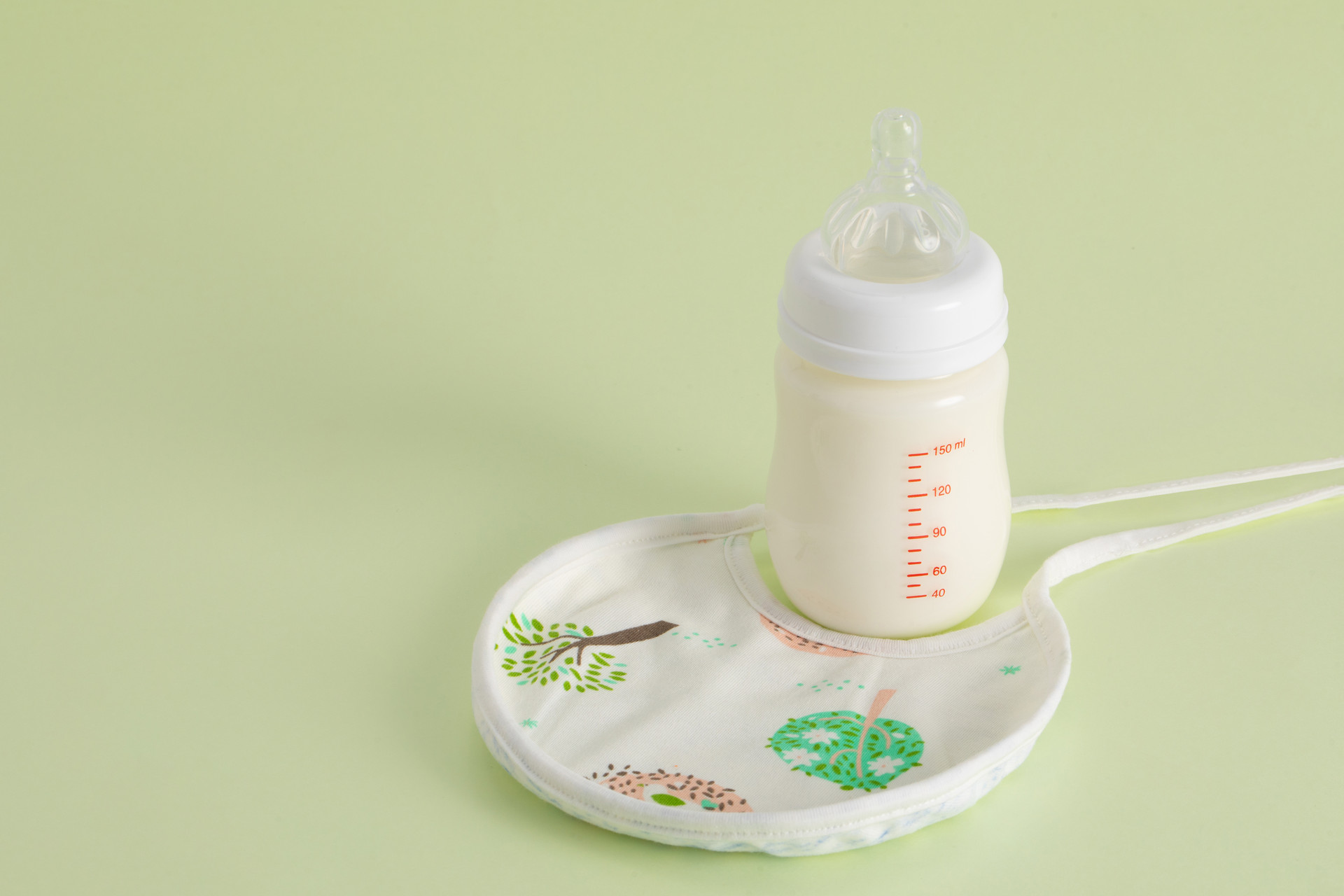Baby food is the complementary food for infants and young children besides breast milk. After 6 months, babies start to add complementary food. Moms must be very enthusiastic about making love food for their babies every day! Moms can often change the style of the food to let the baby experience. Below, I will introduce several baby food recipes, let's learn together, moms!
When can babies start adding complementary food?
1. After 6 months, the secretion of breast milk will gradually decrease, and the baby's appetite has also begun to increase. At this time, drinking breast milk alone is not enough to meet the baby's daily nutrition needs.
2. For babies aged 6-12 months, it is a critical period for the development of chewing and swallowing. For babies, the ability to chew and swallow needs to be learned. If there is no practice, after 1 year old, they will refuse to try, and even if the baby is willing to eat, they may spit it out immediately, causing feeding difficulties.
3. Complementary food can provide a more diverse and complete range of nutrients, including calories, iron, vitamins, and even trace elements such as zinc and copper. Giving different types of complementary foods can help babies develop a taste for different flavors and prevent picky eating in the future.
4. When the baby is 4-6 months old, the amylase and various digestive enzymes in the intestines and stomach have started to secrete, indicating that the digestive and absorptive functions have gradually matured. At this time, they can start practicing eating complementary food to improve gastrointestinal function. At the same time, the baby's nutrition needs to be sufficient in order to grow stronger.
Six-month-old baby food recipes
At six months old, babies can officially start adding complementary food. They should first eat rice flour, then vegetable puree and fruit puree, and finally egg yolk. The main course of baby food should be in the form of soup or puree, such as fruit juice, vegetable juice, vegetable soup, meat soup, egg yolk puree, vegetable puree, fruit puree, fish puree, meat puree, etc., which can easily be accepted by the baby.
1. Egg yolk puree
Ingredients: 1 egg
Method: Cook the egg and mash it into a puree with a spoon. Then add an appropriate amount of boiled water or formula milk and mix well to a paste-like consistency. Start with 1/8 of an egg yolk, and gradually increase it to 1/4 or 1/3 depending on the baby's acceptance.
Nutritional tips: Egg yolk is high in iron content, and vitamins A, D, and E are easily absorbed and utilized by the body when combined with fat.
2. Fresh corn paste
Ingredients: Half a fresh corn
Method: Use a knife to scrape off the corn kernels and blend them into a paste. Use a piece of gauze to filter out the corn juice, and then cook it into a sticky consistency.
Nutritional tips: Corn is rich in calcium, magnesium, selenium, vitamins (E, A), lecithin, and more than 30 other nutrients, which can enhance immunity, improve brain cell activity, and promote health and intelligence.
3. Banana porridge
Ingredients: 1 small piece of banana, 2 spoons of powdered milk
Method: Chop the banana into a paste and put it in a pot, add water and cook, stirring while cooking to make banana porridge. Prepare the powdered milk and pour it into the banana porridge when it is slightly cool, stirring well.
Nutritional tips: Bananas are rich in potassium and magnesium, and the content of other vitamins, sugars, proteins, and minerals is also high. This porridge is not only a good food for strengthening the body and brain, but also the best food for constipated babies.
4. Apple carrot juice
Ingredients: 1 carrot, half an apple
Method: Peel and wash the carrot and apple, cut them into small pieces, put them in a pot with an appropriate amount of water, and cook for about 10 minutes until they are soft. Filter the juice with a clean piece of gauze.
Nutritional tips: Carrots are rich in beta-carotene, which can promote the growth of epithelial tissue and enhance the photosensitivity of the retina. It is an essential nutrient for infants.
5. Spinach juice
Ingredients: Spinach
Method: Boil a bowl of water in a pot, soak the washed and intact spinach leaves in the water for 20-30 minutes, then take them out and chop them into small pieces, about a bowl. Add boiling water and cook for 1-2 minutes. Remove the pot from the heat and press the spinach leaves with a spoon to let the juice flow into the water. Pour out the clear liquid on top, which is the spinach juice.
Nutritional tips: Feeding babies spinach juice is beneficial for their physical development and the tenderness of their skin, especially for the development of epithelial tissue.
6. Pumpkin juice
Ingredients: 100g pumpkin
Method: Peel the pumpkin, cut it into small pieces, steam it until tender, and then mash the steamed pumpkin with a spoon. Dilute it with an appropriate amount of boiled water and mix well. Filter the juice with a clean sieve and consume it. The pumpkin must be thoroughly steamed. It can also be added to rice flour to feed the baby.
Nutritional tips: It has the effect of nourishing the intestines and liver, can enhance the body's immune system, and is a good choice for baby food.











